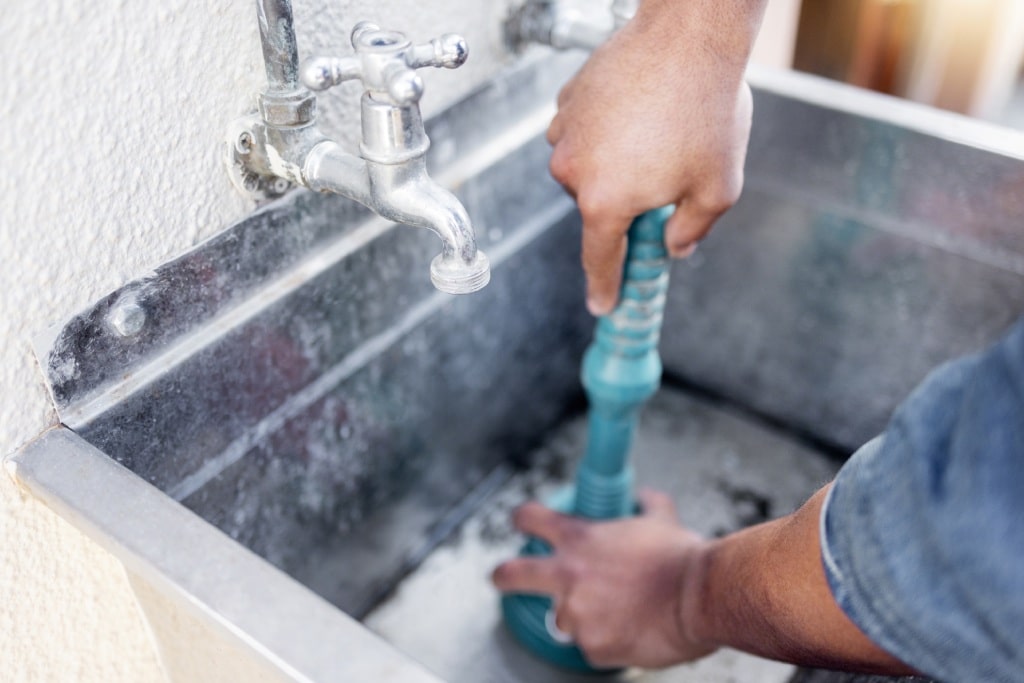Introduction
It’s tempting to try and clear a blocked drain yourself. A plunger here, a chemical there — what could go wrong?
Unfortunately, a lot.
DIY drain clearing often leads to bigger, more expensive problems when not done correctly. In this post, we’ll share the most common mistakes homeowners make and how to avoid them.

Mistake #1: Using Harsh Chemicals
Chemical drain cleaners promise quick fixes, but they can corrode your pipes — especially older clay or metal systems. The blockage may go, but so might the integrity of your drainage.
Tip: Use natural methods like boiling water or vinegar for minor clogs, or call a pro if it persists.
Mistake #2: Overusing the Plunger
Plungers can be effective for toilet and sink blockages, but too much force can damage seals or push clogs further down, making the issue worse.
Tip: Use gentle plunging with the right-sized plunger. Don’t use one tool for every fixture.
Mistake #3: Inserting Objects Into the Drain
Wire hangers or sticks are not designed for drain clearing. They can scratch pipe interiors, break off, or push debris deeper — making the blockage even harder to remove.
Tip: Leave it to proper tools like augers or drain rods, or better yet — a qualified technician.
Mistake #4: Ignoring Warning Signs
Repeated blockages, slow drainage, or bad smells are signs of a deeper issue. Ignoring them can lead to full collapses or sewage backup.
Tip: Call in a CCTV inspection early to catch problems before they worsen.
Mistake #5: Choosing Short-Term Fixes
Pouring something down the drain may make it seem fixed, but temporary solutions often mean the issue returns — and worse than before.
Tip: Solve the root cause, not just the symptom. Professional diagnostics help here.
Final Thoughts
DIY solutions might seem cost-effective, but they can lead to cracked pipes, collapsed systems, or even full replacements if done wrong.
Need reliable, safe, and long-lasting drain clearing? Trust Only Drains — Napier’s drainage specialists. 📞 Call us Now